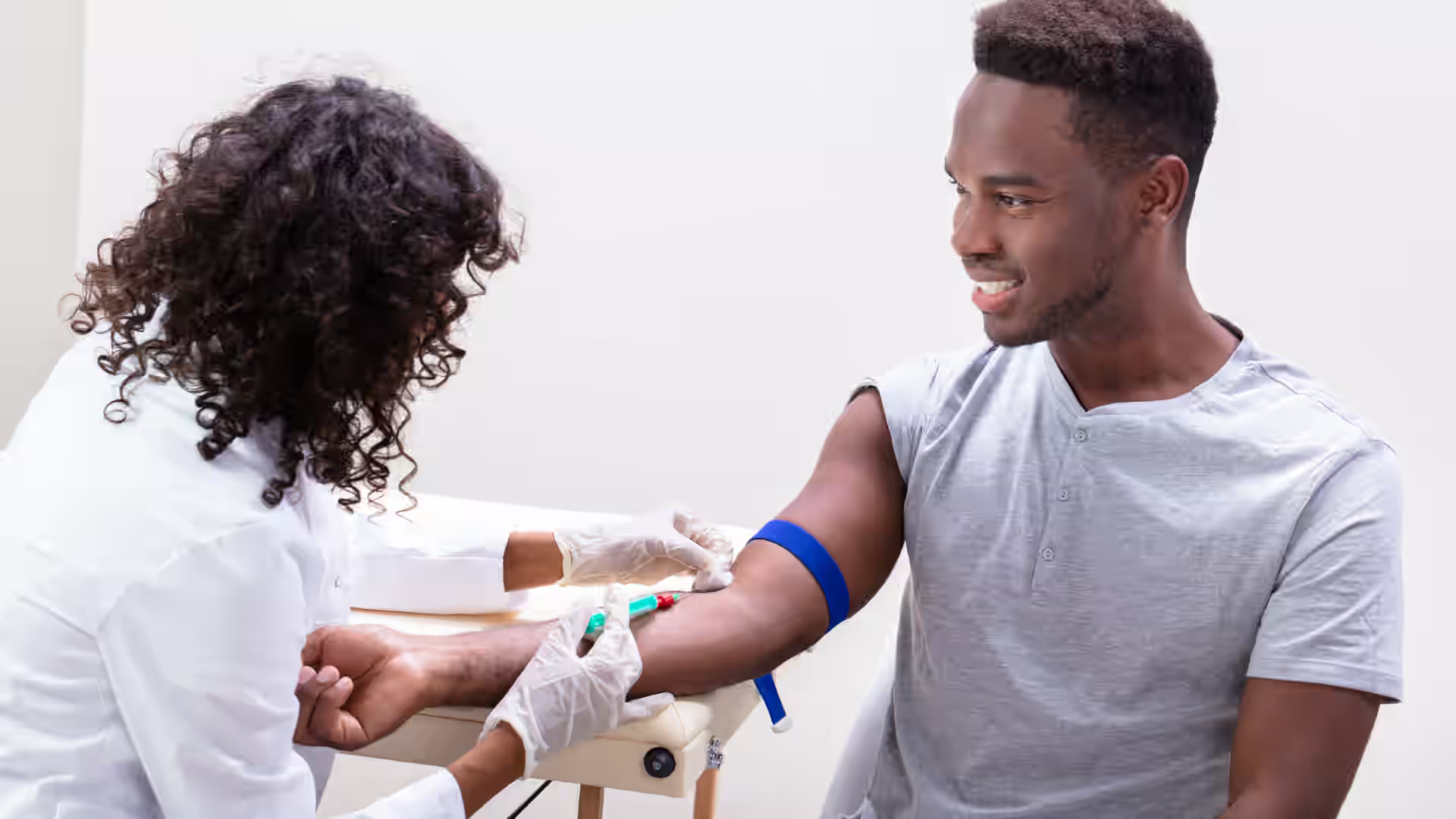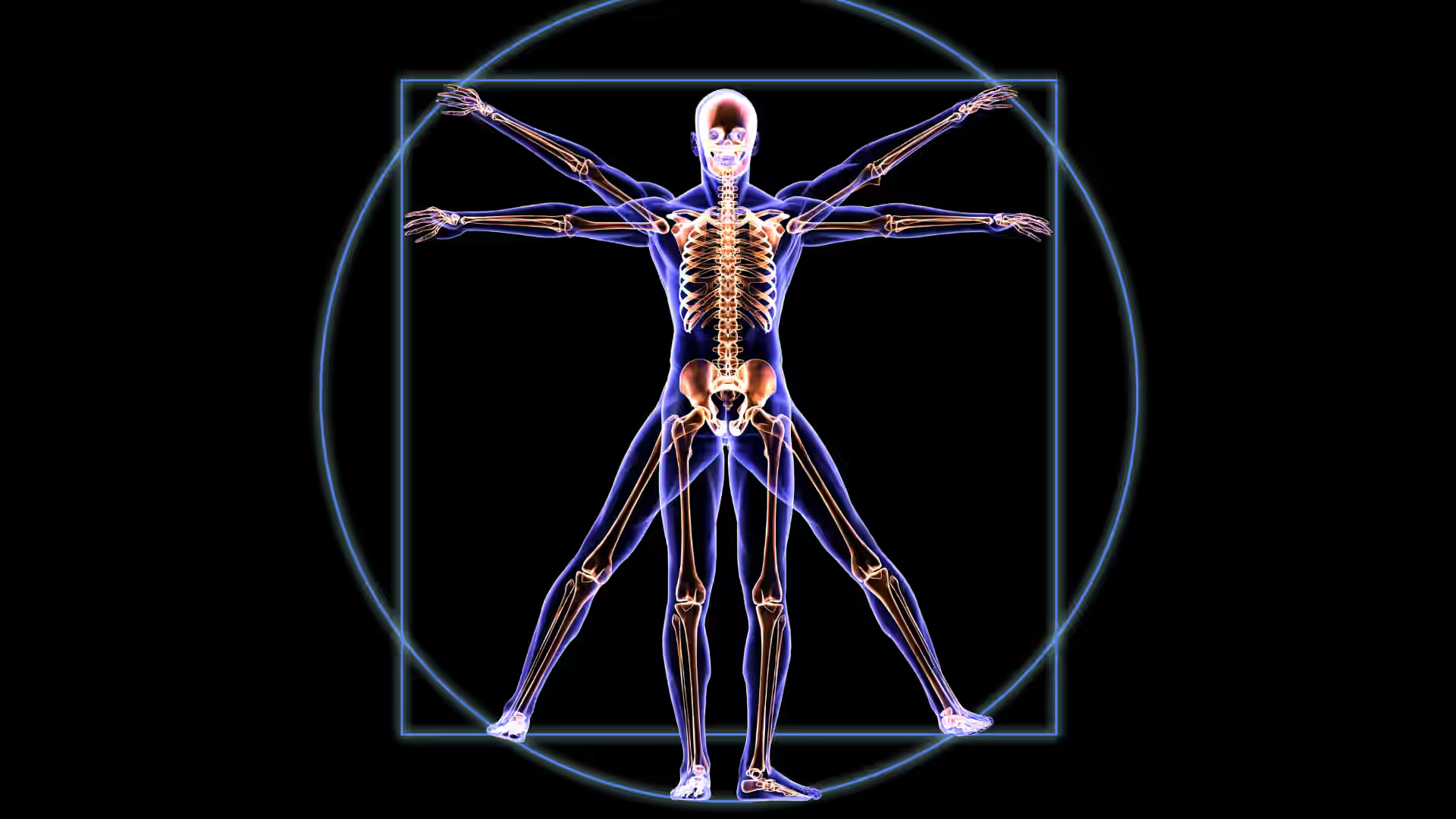Patients may not always share concerns like urinary frequency, incontinence, or changes in sexual health, especially when symptoms feel minor or uncomfortable to discuss. As clinicians, we are often the first to observe patterns that suggest the need for additional evaluation.
When symptoms persist, affect daily activities, or extend beyond routine care, referral to a urologist can support a more detailed assessment. Urologists specialize in disorders of the urinary tract and male reproductive system and provide expertise to guide further care planning.
This article highlights common reasons for referral to a urologist and offers practical insight to help determine when specialty input may be appropriate for coordinated patient care.
[signup]
Understanding Urology and Urologists
Before reviewing common reasons for referral, it helps to clarify what urology encompasses and the role urologists play in patient care.
What is Urology?
Urology is a medical specialty focused on the urinary tract in men and women and the male reproductive system. The urinary tract includes the kidneys, bladder, ureters, and urethra for all patients. In men, urology also covers the prostate, testes, and penis. The specialty addresses various symptoms and conditions related to urinary function, sexual health, and reproductive wellness.
Common concerns within urology include urinary tract infections, kidney stones, benign prostate changes, urinary incontinence, and sexual dysfunction. Urology integrates both medical and surgical approaches to support patient care.
The Role of a Urologist
Urologists collaborate with primary care and other providers to support clinical evaluation when specialized expertise is needed. Their role involves clarifying urinary or reproductive symptoms, recommending appropriate diagnostic tests, and advising management options. Diagnostic tools may include imaging, lab tests, and specialized procedures.
Referral to urology allows for detailed assessment of complex or persistent symptoms, contributing to a coordinated approach to patient care. Management often includes non-invasive strategies or monitoring with specialist input. Urologists provide additional expertise when symptoms or findings extend beyond the scope of primary or routine care.
Common Misconceptions about Urologists
Some misconceptions may impact referral decisions. Urologists are not limited to surgical procedures or prostate care. Many patients are referred for non-surgical evaluation and management.
Another common misunderstanding is that urologists treat men's health only. They also manage urinary conditions in women, including bladder dysfunction and recurrent urinary infections. Recognizing this broad scope can promote timely and appropriate referrals.
Top 5 Reasons for Urologist Referrals
Recognizing when to refer patients to urology supports comprehensive care and ensures access to specialized evaluation. The following information is intended to assist healthcare providers in recognizing when referral to a urologist may be appropriate, but does not replace individual clinical judgment.
1. Urinary Tract Infections (UTIs)
UTIs frequently prompt referral, especially when infections recur, resist initial treatment, or present with unusual symptoms. Urologists evaluate for anatomical or functional factors that may contribute to infection risk. Diagnostic workups often include imaging or specialized testing to clarify urinary tract structure and function, aiding further clinical assessment.
2. Kidney Stones
Referral may be appropriate for patients with recurrent stones, larger stones, or complications such as urinary obstruction or kidney impairment. Urologists assess stone characteristics using imaging methods like ultrasound or CT scans. They also consider metabolic factors influencing stone formation and collaborate on appropriate lifestyle strategies.
3. Bladder Control Issues
Conditions like urinary incontinence or urgency can affect quality of life. Urologists conduct detailed evaluations, including urodynamic studies, to assess bladder function and identify underlying causes such as muscle weakness, neurological factors, or structural abnormalities. This evaluation helps guide personalized treatment planning, including lifestyle strategies, medication, or surgical approaches.
4. Hematuria
Whether visible or microscopic, blood in the urine requires thorough evaluation to rule out serious conditions. Urologists perform comprehensive diagnostic assessments to determine the bleeding source, including imaging, cystoscopy, and lab tests. To guide further workup, specialist evaluation can help determine underlying causes such as infections, stones, or neoplasms.
5. Prostate Concerns
Prostate-related symptoms like urinary hesitancy, frequency, or abnormal screening findings often lead to referral. Urologists assess prostate size and function through examination, imaging, and lab tests. Their expertise helps clarify findings and supports clinical decisions regarding monitoring, additional diagnostics, or management tailored to patient needs.
Gender-Specific Reasons for Urologist Referrals
Referral patterns often reflect anatomical, hormonal, and symptom-based differences between men and women. Understanding these differences can guide timely evaluation and support more personalized care. The following are common gender-specific reasons for urology referral.
Men's Health Issues
Erectile Dysfunction
Erectile concerns are often raised in primary care and may lead to referral when persistent or accompanied by other urologic symptoms. Urologists assess possible contributing factors such as vascular, neurologic, or hormonal influences. Evaluation typically includes a review of comorbidities, medications, and relevant labs to support collaborative planning.
Prostate Enlargement
Symptoms like urinary hesitancy, weak stream, or incomplete emptying may be related to benign prostate enlargement. Urologists assess prostate size and function using clinical examination and imaging. Referrals may also follow abnormal PSA results or concerns about digital rectal exam findings.
Testicular Pain or Lumps
Testicular pain or the presence of a mass generally calls for prompt referral. Urologists may use scrotal ultrasound or other diagnostic tools to evaluate for infection, torsion, cysts, or other abnormalities. Early assessment supports efficient workup and care coordination.
Women's Health Issues
Pelvic Organ Prolapse
Symptoms such as pelvic pressure, vaginal bulge, or urinary changes may suggest pelvic structures prolapse. Urologists, often in collaboration with urogynecologists, assess the extent and nature of the prolapse through physical exam and imaging. This evaluation helps guide discussions on supportive measures or procedural options.
Recurrent UTIs
Recurrent urinary tract infections in women, when frequent or resistant to initial management, may suggest further evaluation. Urologists assess for factors such as bladder function changes, incomplete emptying, or hormonal shifts. Specialized testing may be recommended to support ongoing prevention strategies.
Overactive Bladder
Persistent urgency, frequency, or urge incontinence may prompt referral when conservative approaches do not resolve symptoms. Urologists may recommend tools such as bladder diaries or urodynamic testing to evaluate bladder function further. Findings can assist in guiding symptom management in coordination with the referring provider.
The Urologist Referral Process
Referral to urology begins with recognizing when specialized evaluation may benefit the patient and preparing them for what to expect next.
Initial Symptoms and Primary Care Consultation
Patients often present with urinary or sexual health concerns that may seem nonspecific or manageable in a primary care setting. Symptoms such as changes in urinary frequency, discomfort, or sexual difficulties may be underreported due to stigma or normalization.
Primary care providers are well-positioned to initiate early evaluation. This includes gathering a complete medical history, performing a focused physical exam, and assessing how symptoms affect quality of life and function. Recognizing symptom patterns such as persistence, recurrence, or functional impact helps determine when referral for specialist assessment should be considered.
Diagnostic Tests and Evaluations
Before considering referral, primary care providers often initiate first-line testing to rule out or identify common causes.
Diagnostic tools may include:
- Urinalysis and urine culture: To assess for infection, hematuria, or proteinuria
- PSA (as indicated): For prostate-related symptom evaluation in men
- Serum creatinine and eGFR: To evaluate renal function
- Post-void residual measurement (PVR) or bladder scan: To identify incomplete emptying
- Pelvic exam or ultrasound: When structural or gynecologic factors are suspected
These findings help clarify the clinical picture and determine whether a urology referral is appropriate. Providing this information at referral facilitates a more efficient specialist evaluation by reducing the need for duplicate testing.
The Decision to Refer
Referral to a urologist is typically considered in one of several situations:
- Limited response to initial management, including persistent or recurring symptoms despite standard therapies or behavior modification.
- Abnormal findings during evaluation that may include elevated PSA, hematuria, abnormal imaging, or palpable masses.
- Symptoms suggesting the need for specialized procedures or diagnostics, including suspected voiding dysfunction, prolapse, or recurrent nephrolithiasis.
The decision to refer also considers patient preference, care goals, and risk tolerance. Involving the patient in this discussion helps align expectations and reduce anxiety about specialty care.
What to Expect During Your First Urologist Visit
The first urology consultation is designed to build on the previous evaluation. It may include:
- Review of existing medical history, test results, and imaging
- Focused physical examination, including genital, pelvic, or rectal exam as appropriate
- Additional testing, such as uroflowmetry, cystoscopy, or diagnostic imaging
Urologists often educate patients on symptom tracking and conservative strategies based on findings. The visit clarifies care expectations, discusses potential next steps, and establishes follow-up plans. Coordination with the referring provider supports continuity of care, especially for patients with ongoing primary care needs or chronic conditions.
Prevention and Self-Care
Encouraging preventive measures and self-care supports urological health and helps recognize when further evaluation may be necessary. Understanding lifestyle influences, monitoring warning signs, and maintaining routine health assessments also contribute to urinary and reproductive well-being.
Lifestyle Changes to Promote Urological Health
Guidance on lifestyle habits can complement clinical care and support urinary tract and reproductive system health. Consider advising patients to:
- Maintain adequate daily hydration to support urinary function
- Follow a balanced diet rich in fruits, vegetables, and fiber.
- Achieve and maintain a healthy weight to reduce urinary system strain.
- Engage in regular physical activity for overall health benefits.
- Avoid tobacco and limit alcohol intake.
- Practice proper hygiene to reduce infection risk.
- Use timed voiding strategies to promote bladder health.
- Manage chronic conditions such as diabetes and hypertension that may affect urological health.
- Limit bladder irritants like caffeine, alcohol, and spicy foods if sensitivity is reported
- Practice pelvic floor muscle exercises, especially for patients showing early signs of incontinence or pelvic floor weakness.
Lifestyle modifications play an essential role in general wellness. Persistent or worsening symptoms should prompt further medical evaluation.
When to Seek Immediate Medical Attention
Patients should be informed about symptoms that may require urgent evaluation. These include sudden and severe pain, inability to urinate, visible blood in the urine, fever in the context of urinary symptoms, or new lumps or masses in the genital or pelvic area. Recognizing these symptoms early can help guide timely evaluation and reduce the risk of complications.
Regular Check-Ups and Screenings
Routine visits allow providers to monitor urological health in patients with risk factors such as age, personal or family history, or chronic conditions. Screening approaches vary based on individual needs and current guidelines and may include urinalysis, PSA testing in men when indicated, or imaging to evaluate the kidneys or bladder. These assessments help identify findings that may require further investigation.
Frequently Asked Questions
Below are answers to commonly asked questions regarding when and why a doctor may refer a patient to a urologist.
Why would a doctor refer you to a urologist?
A doctor may refer a patient to a urologist when symptoms are persistent, complex, or outside the scope of primary care. This could involve conditions such as recurrent UTIs, hematuria, or bladder dysfunction. Urologists use specialized diagnostic tools to evaluate underlying causes and develop appropriate management plans.
Which problem is treated by a urologist?
Urologists treat a wide range of conditions affecting the urinary tract in both men and women and the male reproductive system. Common conditions include urinary incontinence, kidney stones, benign prostate enlargement, prostate cancer, testicular issues, and erectile dysfunction. They also manage chronic conditions and provide non-invasive and surgical treatment options when necessary.
When should a patient see a urologist?
A referral to a urologist is recommended when symptoms persist or worsen despite initial treatment, such as recurrent UTIs, hematuria, or ongoing urinary issues. Additionally, patients with risk factors, like a family history of prostate cancer, may benefit from a urological evaluation to monitor for potential concerns and early detection.
What is the most common urological condition?
Urinary tract infections are among the most common urological conditions. They can affect both men and women, but are more prevalent in women. UTIs occur when bacteria enter the urinary tract, leading to symptoms like frequent urination, burning sensations, and sometimes hematuria.g
[signup]
Key Takeaways
- This guide addresses common urinary tract issues, such as recurrent UTIs, kidney stones, bladder concerns, and gender-specific conditions like prostate health in men and pelvic problems in women.
- Timely referral to a urologist can help prevent complications and improve patient outcomes by addressing complex symptoms beyond primary care.
- Urologists bring specialized expertise to manage conditions requiring advanced diagnostic tools and treatments, ensuring patients receive appropriate care.
- Effective coordination with specialists and understanding when to refer enhances patient management and improves overall care.












%201.svg)







